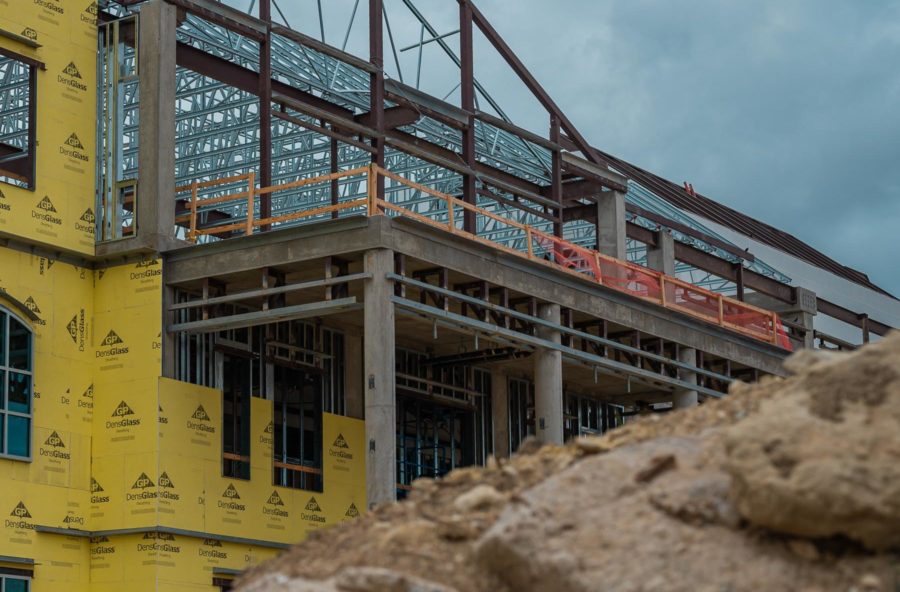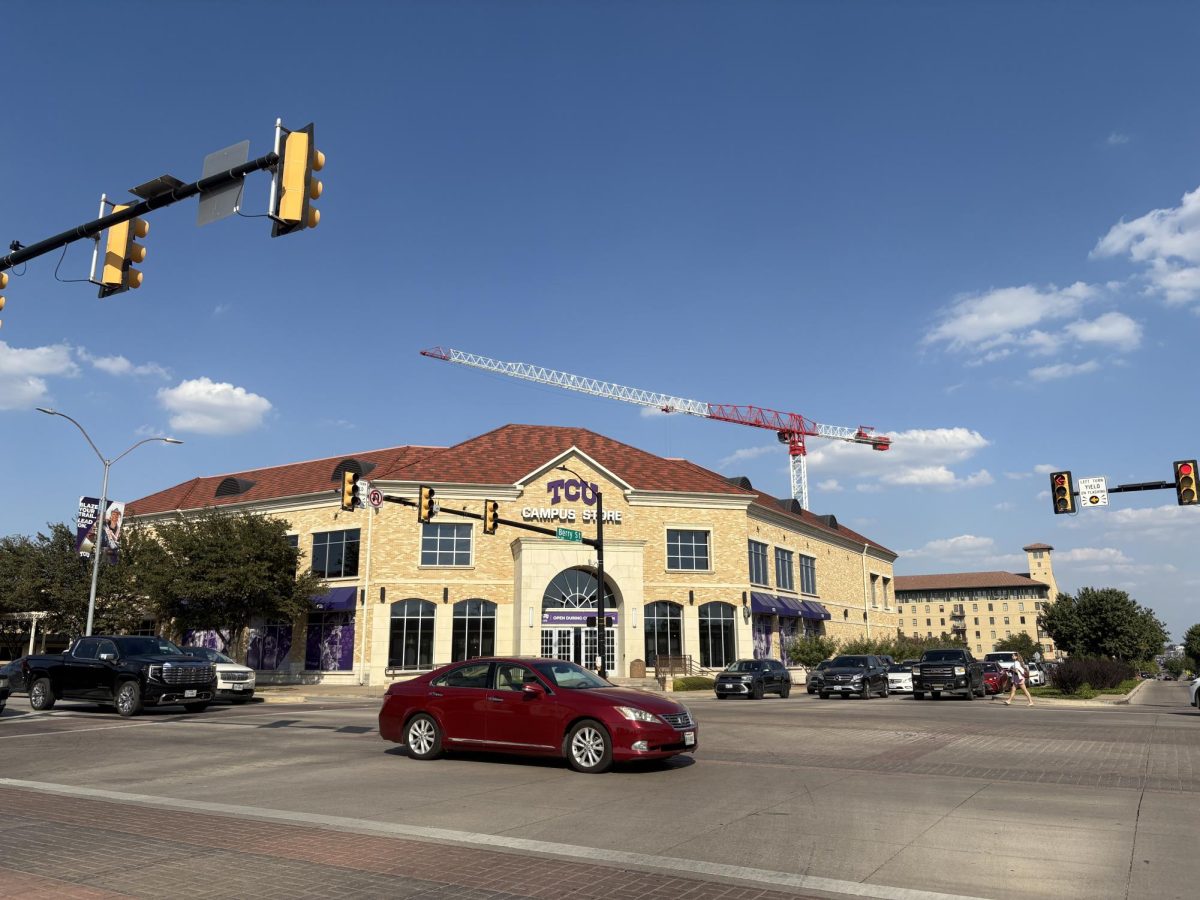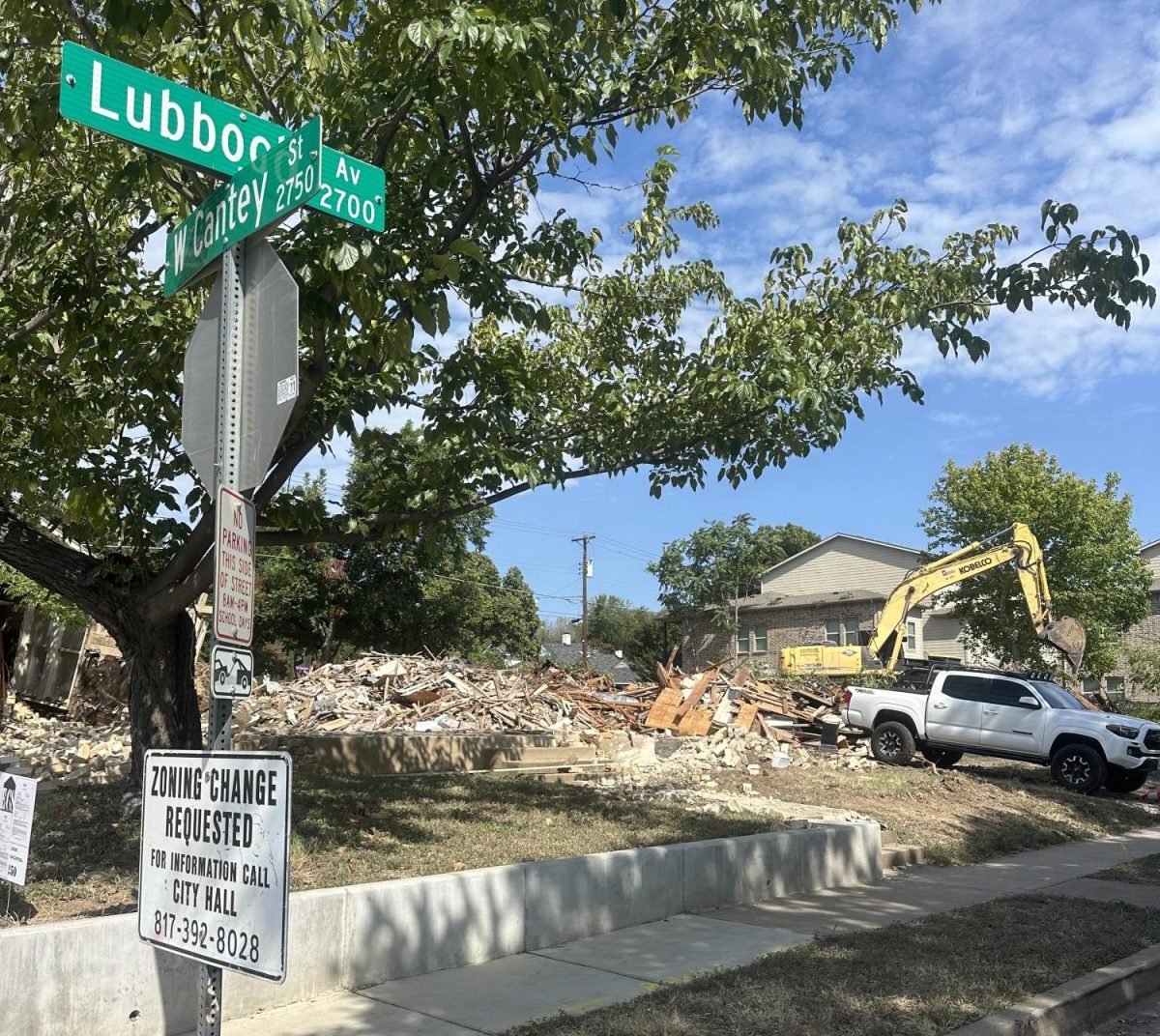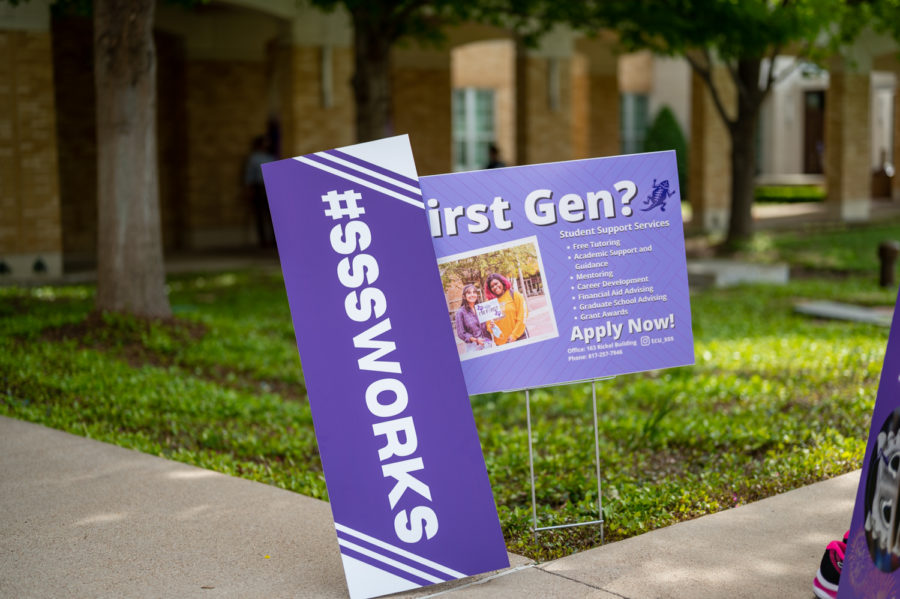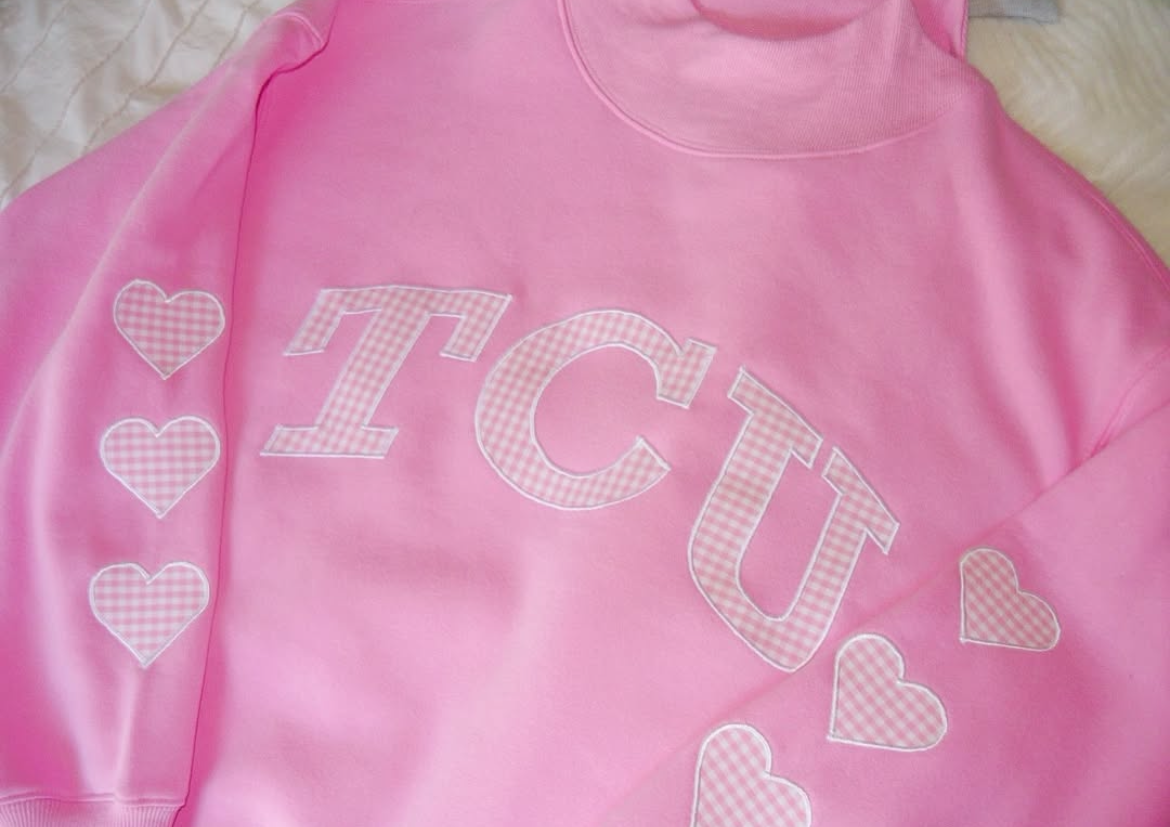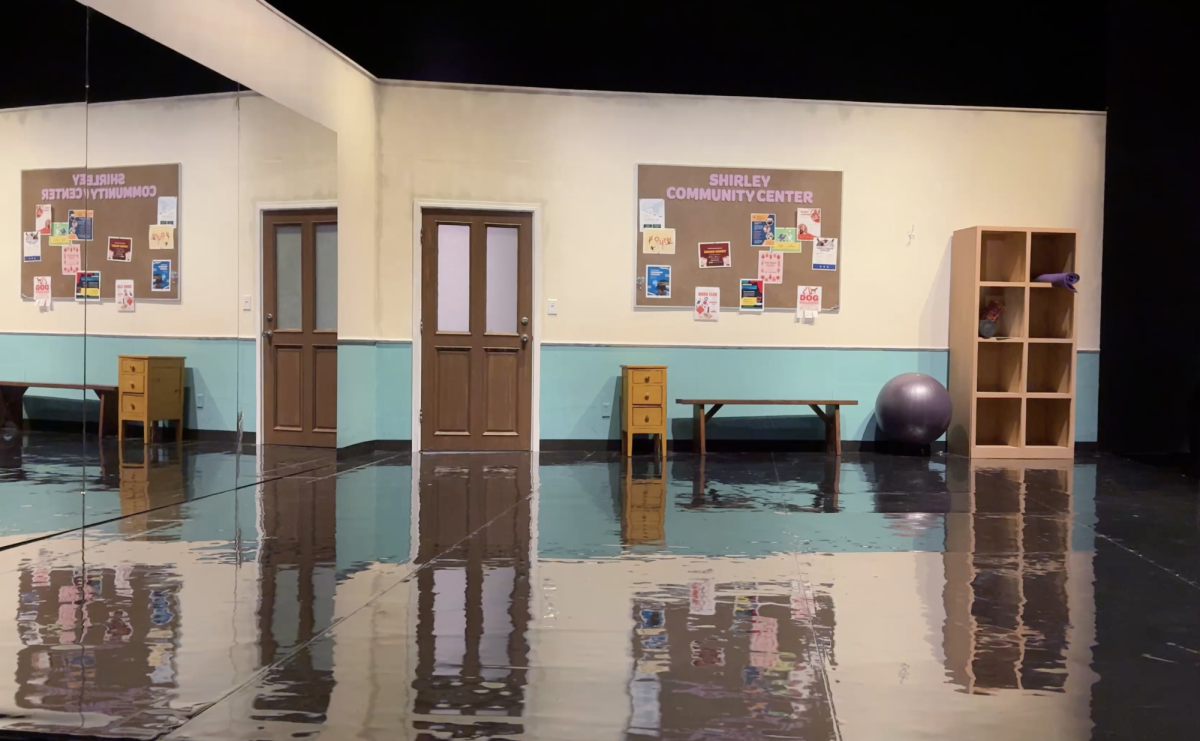Though construction can have negative impacts on the environment, TCU implements standards in its building practices that aim to decrease possible harmful effects.
The university adheres to Leadership in Energy and Environmental Design (LEED) guidelines, said Chris Honkomp, the assistant vice chancellor for facilities.
LEED is a system that rates and assesses buildings to ensure they’re resource-efficient and benefit both people and the planet.
The LEED certification system was created and is monitored by the U.S. Green Building Council and has become an international baseline for sustainable buildings, which are classified as certified, silver, gold or platinum, depending on the number of points they receive. Platinum buildings mark the highest level, and certified projects are given the lowest number of points.
According to the LEED website, points are given in relation to nine main areas regarding “green” buildings: integrative processes, location and transportation, sustainable sites, water efficiency, energy and atmosphere, materials and resources, indoor environmental quality, innovation and regional priority.
TCU executes these standards in a number of ways, Honkomp said. Primarily, they utilize low-VOC [volatile organic compounds] paints on interior surfaces, reincorporate construction debris, install high-efficiency energy systems and test for two types of air-quality contaminants.
There are 32 LEED-certified buildings on campus; 25 are gold, six are silver, and one is certified, Honkomp said. Three recently finished buildings–the Fine Arts Building, Richards Hall and Arnold Hall–are in the process of being certified.
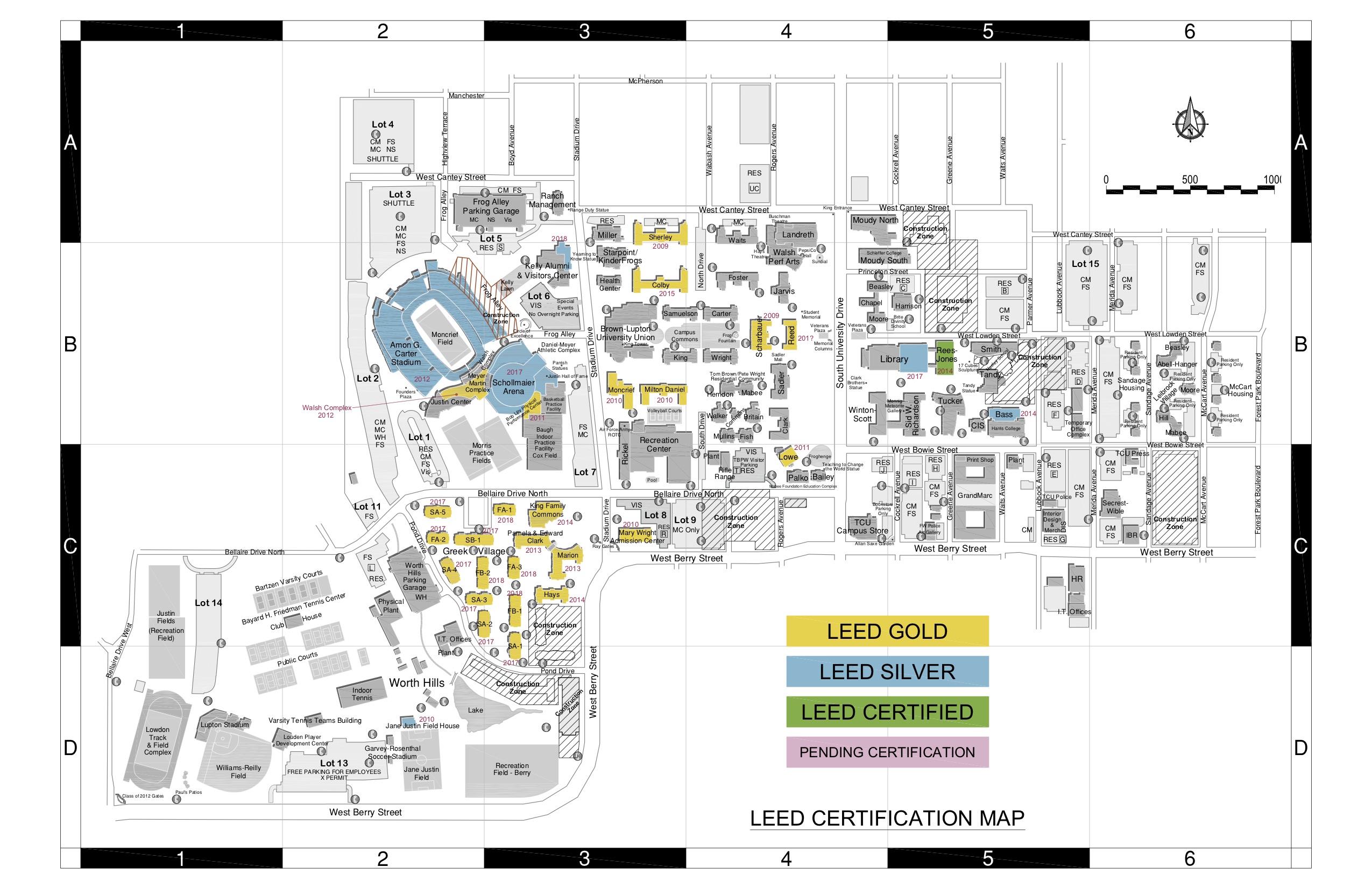
In addition, the university meets LEED standards regarding elements not directly related to the design of the building—including bike racks, commuter parking spaces and charging stations for electric vehicles.
“It’s more than just the building,” Honkomp said. “It’s also how does it affect the people who are going to be in the building so that they can be sustainable as well.”
TCU aims to achieve LEED standards for remodels in addition to new buildings.
When the university renovates a building, it is stripped down enough to replace plumbing and Shower regrouting perth, which sets up the building to receive a gold LEED rating, Honkomp said.
However, meeting these standards is not always as straightforward as checking items off a list. LEED standards are comprehensive and have recently become more stringent, said Brooke Ruesch, a project manager.
TCU aims to meet the silver level of certification and has more recently been achieving the gold level, but there are concerns the new administration building may not achieve silver, Ruesch said.

Some of this uncertainty comes from the possibility of unforeseen circumstances. For example, the university is in the process of evaluating whether or not the materials for the building are local, Ruesch said. If the material is not locally-sourced, it will not receive points.
Additionally, financial decisions could impact how many points the building receives.
“We’re just trying to find that right boundary of how much money you really want to input into that program versus how much value do you get from it, how much more sustainable it really makes the building,” Ruesch said.
TCU’s building project
One topic that has garnered international media and political attention involves the wildfires that have been burning for months in the Brazilian Amazon. Deforestation, which results in the releasing of carbon dioxide into the atmosphere, contributes to the greenhouse effect, one cause of global warming.
On TCU’s campus, if trees that are more than 6 inches in diameter have to be removed to make way for building projects, the university makes up for that loss by replanting trees, Honkomp said. TCU also works with Silver Creek Materials; the company recycles and composts vegetative waste from campus.

